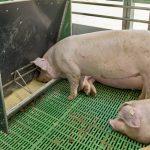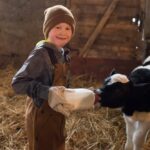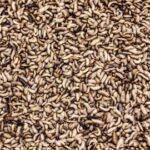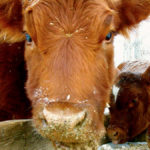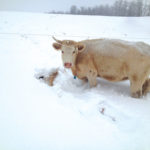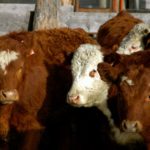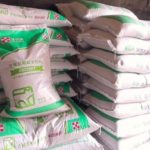With input costs on the rise, beef producers are always looking for ways to stretch feed dollars and boost efficiency. While a wide range of feed additives have been used in both beef and dairy operations, one area gaining traction is the use of direct-fed microbes, particularly yeast-based supplements. Yeast products have long been used […] Read more




